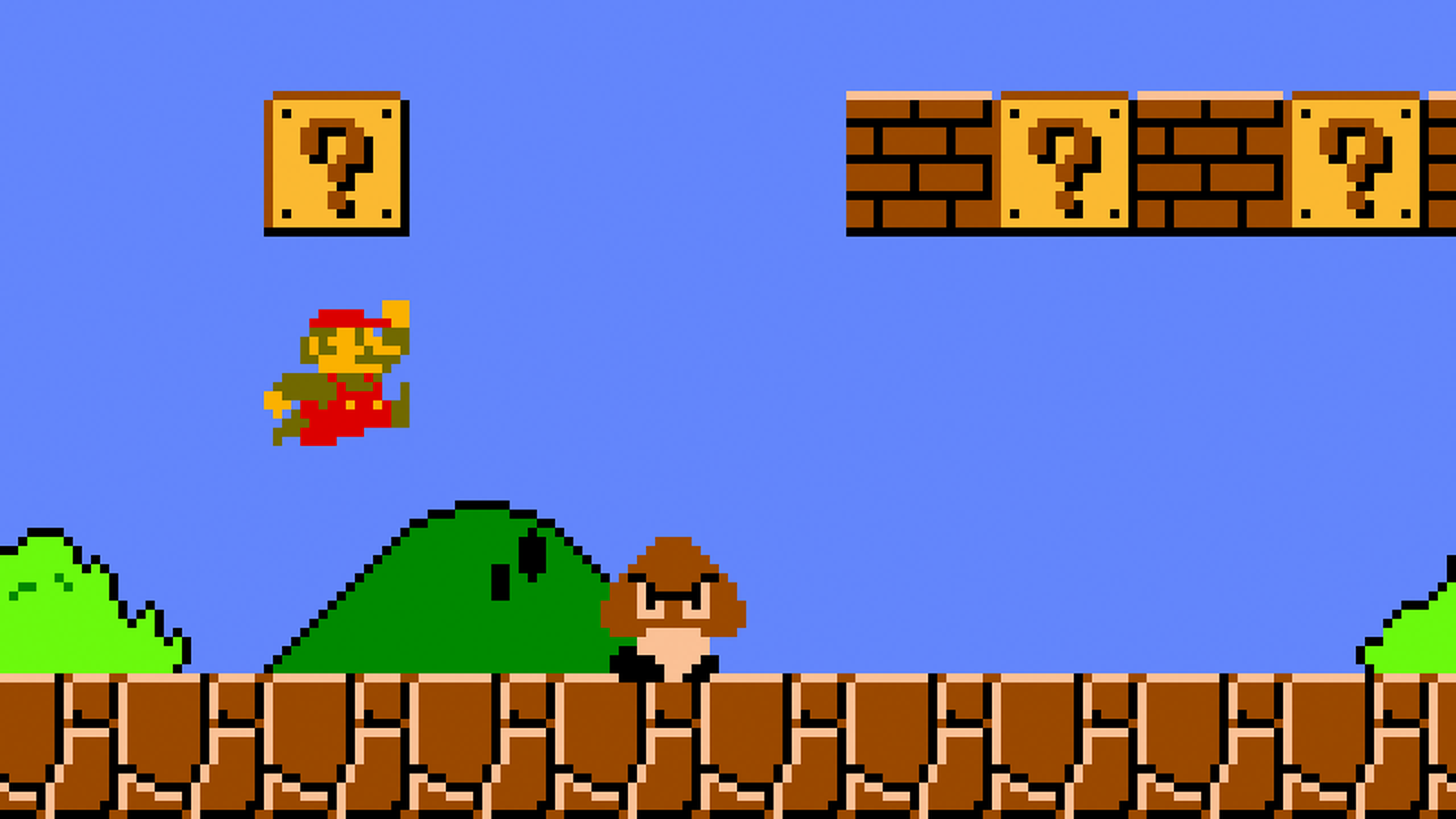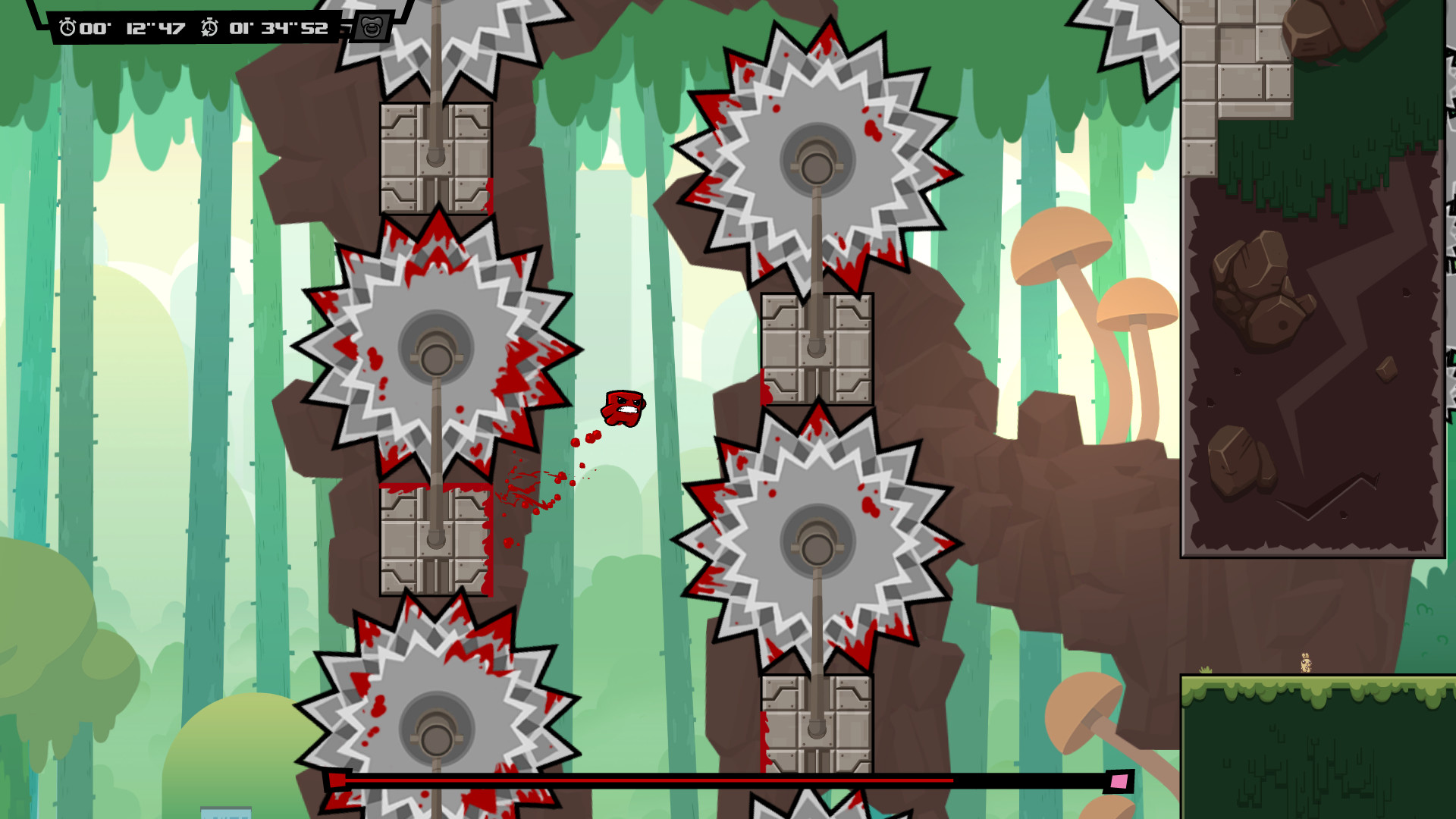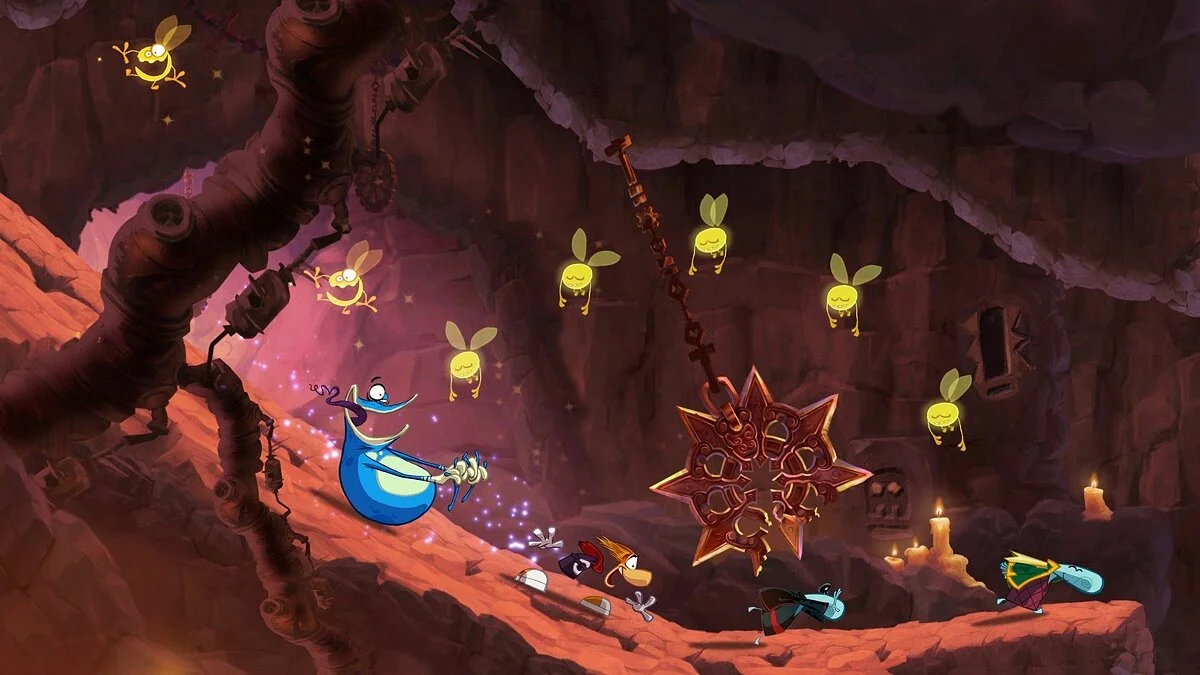- Joined
- Dec 3, 2024
- Messages
- 6,143
- Reaction score
- 8,852
- Points
- 10,977
I'll have a small debate about how old school (ie: 8-bits and early16-bits) game that used to be quite challenging, often using the Try and Die/Die & Retry type of game design philosophy from the Arcade.
It was said to be done because of the space limitation preventing them from having too many levels and to not have the player finish it in an afternoon (Super Mario Bros 1 is pretty much 30 minutes long if you don't take any warp zones nor spend time in bonus areas).
But some also say it's a valid way of making a game that offers challenge for persevering gamers (which is why some indies also used that type of design such as Super Meat Boy and Celeste).
I get that they go with Trial > Retrying > Frustration > Perseverance/Pause (sometimes it helps to calm down) > Winning > Pleasure from passing that one level, rinse and repeat until the end of the game.
Throwing gamers back to square one is also why the first level are often the best in many games and why most endings back then were simply bad "Conglaturation: A winner is you!" instead of seeing a proper "cinematic" as the dev wanted to save space and assuming not many would ever see it.
Some games have difficulty spikes especially for that reason (some later, some sooner) and some have the boredom/automated phase. A good game designer should do the balance between both.

I think I understand why some re-release add features such as savestates or rewind (especially in compilation of older games, especially 8-bits and arcade from the 80's - 90's) as much as it could spark controversy from some of the purist.
Finally: nowadays challenge comes from speedrunning older and newer games as well as e-sport since fighting against someone else will always be less predictable than a computer program.
It was said to be done because of the space limitation preventing them from having too many levels and to not have the player finish it in an afternoon (Super Mario Bros 1 is pretty much 30 minutes long if you don't take any warp zones nor spend time in bonus areas).
But some also say it's a valid way of making a game that offers challenge for persevering gamers (which is why some indies also used that type of design such as Super Meat Boy and Celeste).
I get that they go with Trial > Retrying > Frustration > Perseverance/Pause (sometimes it helps to calm down) > Winning > Pleasure from passing that one level, rinse and repeat until the end of the game.
Throwing gamers back to square one is also why the first level are often the best in many games and why most endings back then were simply bad "Conglaturation: A winner is you!" instead of seeing a proper "cinematic" as the dev wanted to save space and assuming not many would ever see it.
Some games have difficulty spikes especially for that reason (some later, some sooner) and some have the boredom/automated phase. A good game designer should do the balance between both.
I think I understand why some re-release add features such as savestates or rewind (especially in compilation of older games, especially 8-bits and arcade from the 80's - 90's) as much as it could spark controversy from some of the purist.
Finally: nowadays challenge comes from speedrunning older and newer games as well as e-sport since fighting against someone else will always be less predictable than a computer program.





